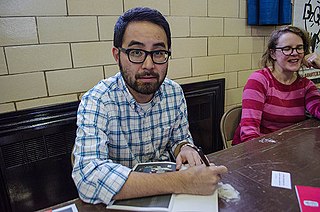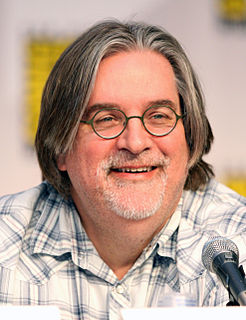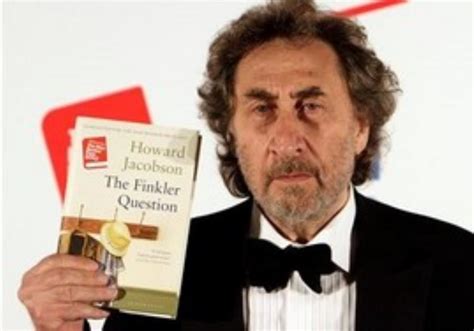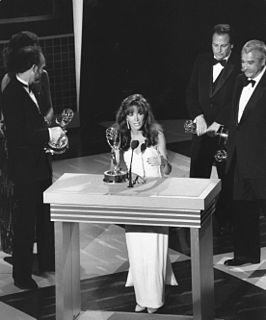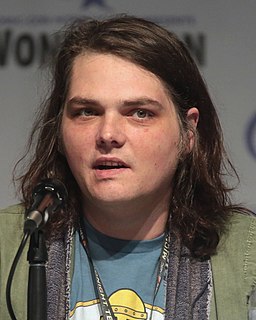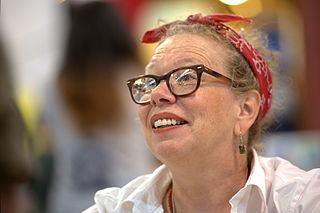A Quote by JR
Even when I do really big pieces, I do them strips by strips - so you have to paste, you have to involve people. It's a whole process. And I like that. For me, that's where the artwork is.
Related Quotes
I think in daily newspapers, the way comic strips are treated, it's as if newspaper publishers are going out of their way to kill the medium. They're printing the comics so small that most strips are just talking heads, and if you look back at the glory days of comic strips, you can see that they were showcases for some of the best pop art ever to come out.
My parents read the comics to me, and I fell in love with comic strips. I've collected them all of my life. I have a complete collection of all the "Buck Rogers" Sunday funnies and daily paper strips, I have all of "Prince Valiant" put away, all of "Tarzan," which appeared in the Sunday funnies in 1932 right on up through high school. So I've learned a lot from reading comics as a child.
I think the corporate world is pretty starved for personality. The reason you have comic strips like 'Dilbert' and sitcoms like 'The Office' is that people just can't be genuine human beings in a corporate environment. So if you can really be your own self, even if it's a little bit different, I think people are really drawn to that.
Anorexia is a response to cultural images of the female body - waiflike, angular - that both capitulates to the ideal and also mocks it, strips away all the ancillary signs of sexuality, strips away breasts and hips and butt and leaves in their place a garish caricature, a cruel cartoon of flesh and bone.
I notice a lot of people think they can solve their problems with antidepressants. That, I noticed, being like a bigger issue, like, it really strips people of who they are. Like, all your quirks and all your problems, even your depressions and your failures, that's what makes you, you. And there's a lot of drugs out there that will take that away from you.


